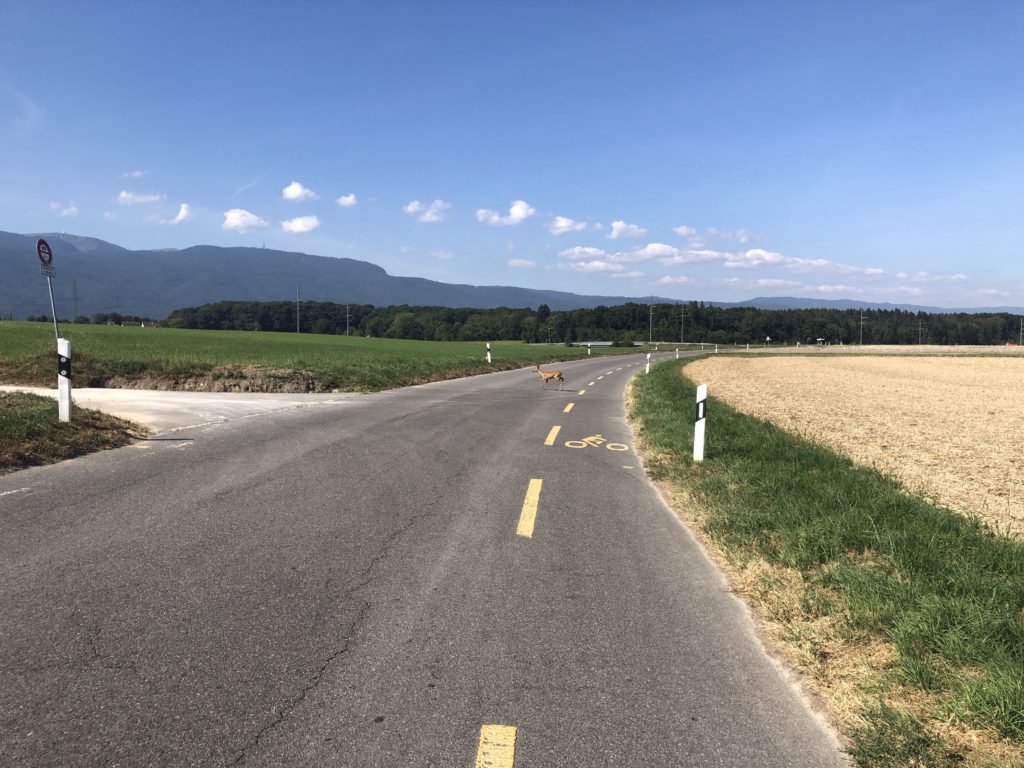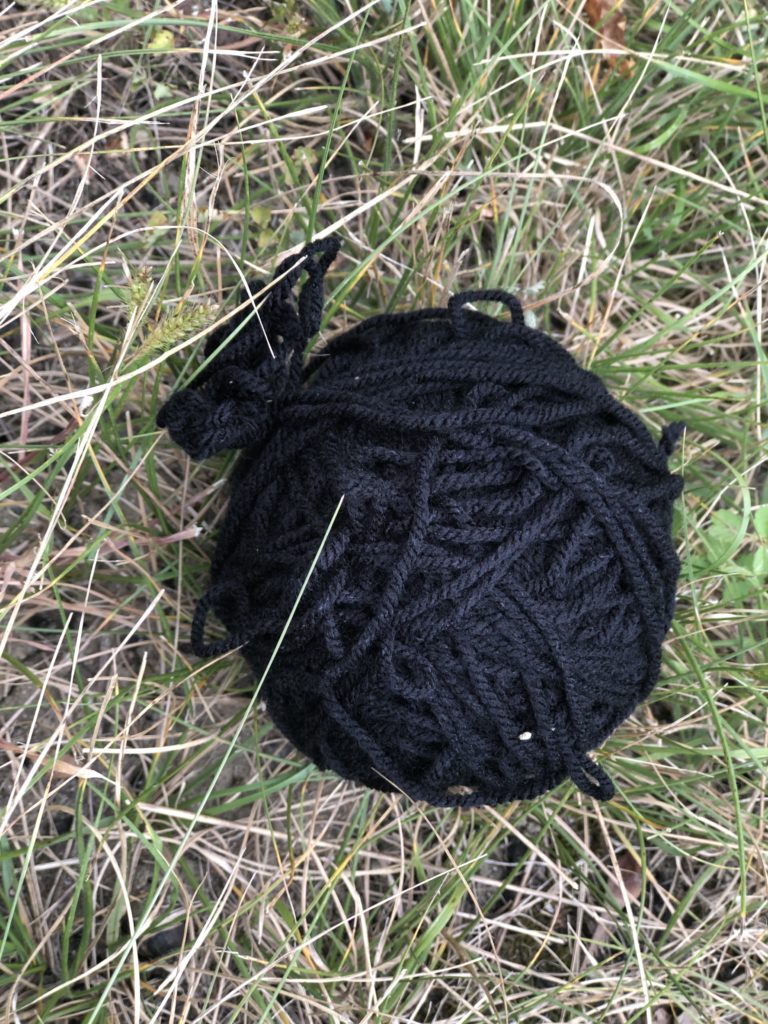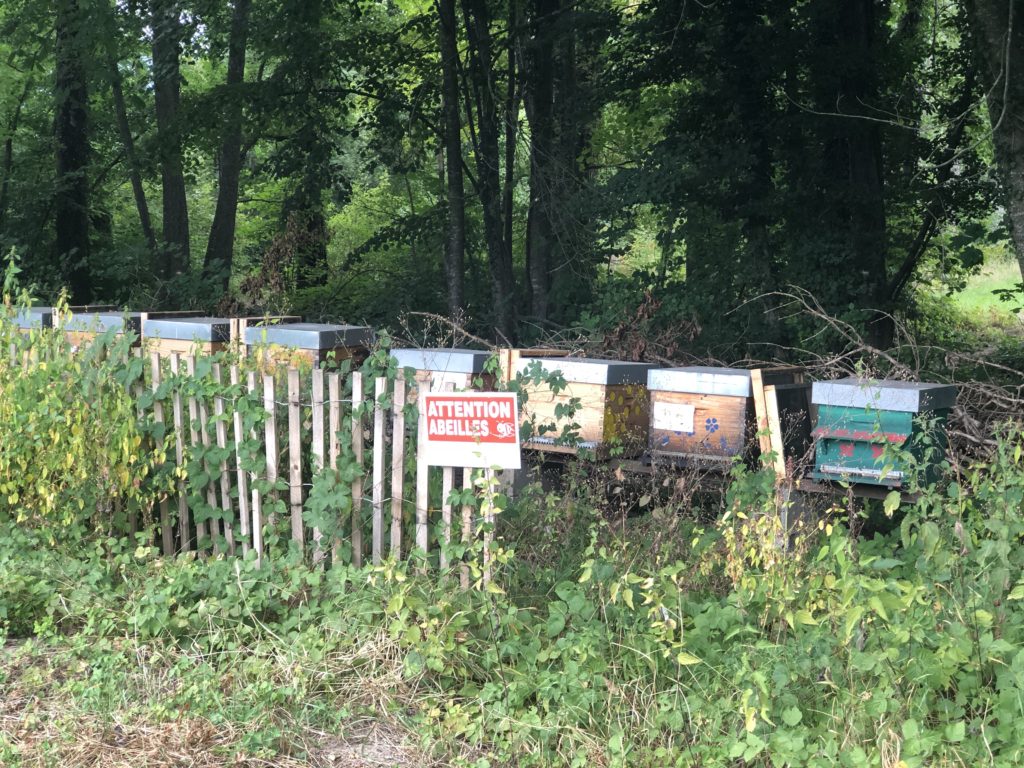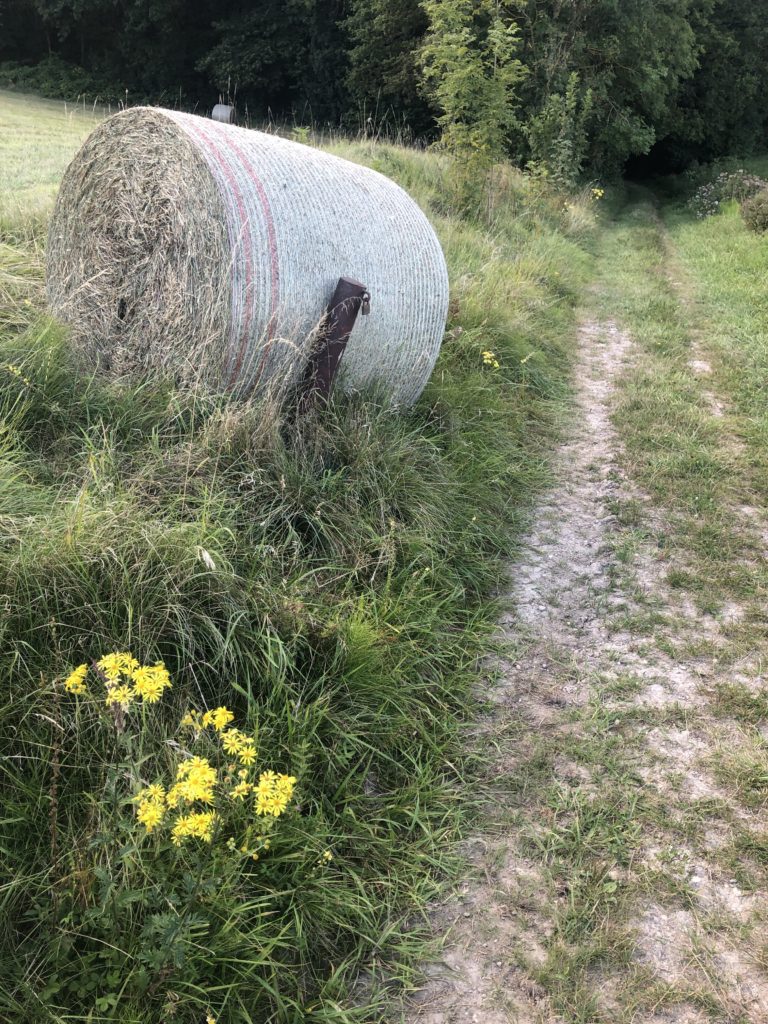Distracted Day
Distracted Day
Distracted Day

I often hiked with a Sigg one litre water bottle and it has served me well. It has been with me for rock climbing, via ferrata, hiking and more. I like it because it is light, easy to use and maintain. I liked the one litre version enough to get a smaller 600ml version for conferences and work.
Recently I noticed that the mouth of both bottles seems slightly discouloured. I don’t know whether they’re chipped or whether it’s oxydation from sitting around for so many months during the pandemic. I will probably still use them, once the world decides that Zero-Covid is the right strategy.
My other solution was a 750ml camelbak waterbottle and I find that this is a good solution too. I found that it was too large for home use, and everyday use so I’m now playing with a 600 ml water bottle and I prefer this form factor. It’s better for carrying on daily walks.
When I was studying about water filtering solutions I often came across the mention of nalgene bottles and after over a year of hearing about them, but having no curiousity in them I bought one a few days ago. I like that it has a graduated system on the side although I don’t usually need to ration water.
The wide mouth and it’s cap are suboptimal for drinking, especially if you’re walking. The advantage of nalgene wide mouths is that they helped to set the standard, at least according to one or two articles I read. This means that you can take most camelbak tops and put it on a nalgene bottle and vice versa. This increases drinking comfort.
There is no need to buy specialist tools or brushes, or cleaning tablettes etc.


What do I mean by such an odd combination of words? That today it was warm. 25°c at the time when I set off for my bike ride. It was warm enough to feel comfortable in summer cycling equipment. What was more unusual, for this time of year, is how dry the landscape is. The fields are dry. The sides of the road are dry. Grass lawns look dry, where they have been cut too short. It was a good day to cycle.
I finished Learning Node.js and Learning NPM Manager. These are two courses that are now revision and consolidation, not new knowledge for me. I need them to get one of the learning pathways. I resumed JavaScript Essential Training. I took a break from the course because I wanted to revise some other knowledge before continuing with my progress. I am reviewing a few videos, to refresh and consolidate my understanding.
With cycling I use water bottles regularly and I find that they tend to get the smell of the drinks they contain and mouldy, no matter how careful you are. The mouth piece and the bottles themselves. I have experimented with some camelbak podium bottles today. If you look at modern sauce bottles you see that they require pressure for the seal to break and for sauce to come out. The same is true of these bottles. If you hold the bottle upside down it will not leak like other bottles. To make it leak you need to squeeze it. Alternatively suck and you’ll get water.
This isn’t a sip at a time though. This is like drinking from a tap, while you’re riding a bike. It feels luxurious. It feels efficient.
What is of real interest to me is the ability to dismantle and clean everything properly. With other water bottles I could not reach the top of the bottle, or within the mechanism from which to drink. This one can be dismantled, cleaned, and remantled.

I did not write today, because I was busy.

For a while I have wanted to learn Angular, Laravel and other frameworks but I felt overwhelmed so I decided to learn JavaScript but then I found that I had gaps in my knowledge too, so I went over to Node.js. Now I feel that I am starting to understand more. I understand the context better. I understand the underlying code better. I have spent enough time studying around the subject that I have gained the contextual understanding not to be completely lost.
With HTML and other technologies you can build and fail, and build again and fail, and eventually you will get what you want. With Javasscript, and to some degree with CSS too, you need to understand what you’re doing to see a result. You need to find code, tinker with it, and get it to do what you want. It takes trial and error, and hours of experimenting in some cases.
That’s why you watch courses. With courses you have it explained to you. You then try to copy the code without inserting errors, and then you debug until you have found all the typos. Plenty of people will say that you’re not meant to just copy code. My aim, in having examples explained to me, is to gain a contextual understanding of how to do things, and how they work. The aim is to become self-sufficient enough to write my own functions and applications.
I have known about Bullet Journalling for years but I have had no or little interest in it because it seemed like an archaic way of keeping track of tasks, projects and more. Yesterday my curiousity was woken again so I have decided to play with the concept. I am using an old notebook that I have had for years. I have until January to see if I like the idea or not. I want to see whether it has a positive effect on how I get on with projects.
I will write more, when I have more experience.



I don’t understand why this would fall out of a car window.


I could have been closer to take a picture but I don’t want to run the risk of taunting Melissa, the bee, from Greek Mythology. I don’t like walking this close to hives.
You see plenty of little flecks flying around and you know that’s you’re going to cross their flight path. None of them showed an interest in me luckily. I don’t remember seeing them there before.


I am using the Trevolution Ultralight Daypack at the moment. It weighs 120 grams and folds small enough to fit in a jeans or jacket pocket for when you’re not using it. It also has a volume of 21 litres but I would not use it to carry 20 litres or kilos. It has no zips or moving parts. It has two side pockets, one for a water container, and the second for the phone charger. The main pocket is accessed through the top and uses a folding system. You fold at least three times and then cloes the clips.
It also has zip cord at the front for a helmet or other voluminous object you might want to carry. I walk every day so it’s nice to have a light bag that you can forget you’re carrying. It’s also nice to have the flexibility to fold it away and forget about it until you need it.
Your first thought when you see the image is that it was taken at an angle, clumsily, and without any attention. In reality it’s the hay bale that was placed in the wrong place and rolled down to hit a pole.
The weather was good today. It was warm, it was dry. It felt like a summer’s afternoon or evening, as is clearly evidenced by how many people are out doing things in the evenings. It is a great day to spend time outdoors.
Today I experimented with the Camelbak chute system to see how it differed from the Eddy+. The two differences are that
A)It’s half the price
B)It’s a very quick system for drinking
If water is plentiful then the chute is good, but if you’re trying to conserve water try the Chute system.

I have nothing to say today.